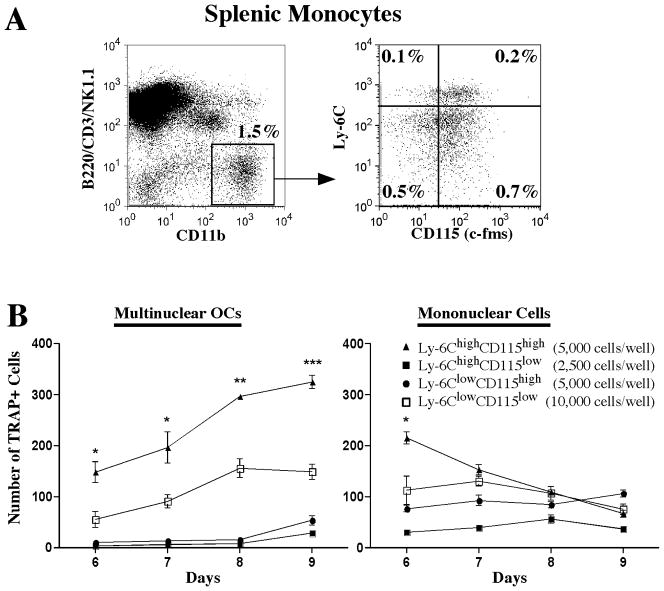Figure 4. Identification and phenotypic characterization of spleen monocyte progenitors with osteoclastogenic activity.
A Phenotypic dissection of spleen monocytes by flow cytometry. Osteoclastogenic precursor candidates were identified based on the lack of expression of CD3, CD45R/B220, NK1.1 (LYM) and high expression of CD11b. Four populations contained among these cells were identified in the context of cell surface expression of Ly6C and CD115. B) In vitro osteoclastogenic assays. The four populations identified in A, were sorted and plated in 96-well plates with M-CSF (30ng/mL) and RANKL (30ng/mL) at the indicated density, cells were fed every 48 hrs. TRAcP assays were performed at different time points and positive cells were counted. Left graph shows multinuclear TRAcP+ osteoclasts (3 or more nuclei per cell) and right graph shows mononuclear TRAcP+ cells. Data represent the mean ± SEM of 1 out of 3 independent experiments. Statistical significant differences were found (LYM− CD11b+Ly-6ChighCD115high vs LYM−CD11b+Ly-6ClowCD115low at day 6, day 7, day 8 and day 9) * p≤0.05, ** p≤0.005, *** p≤0.0005.

